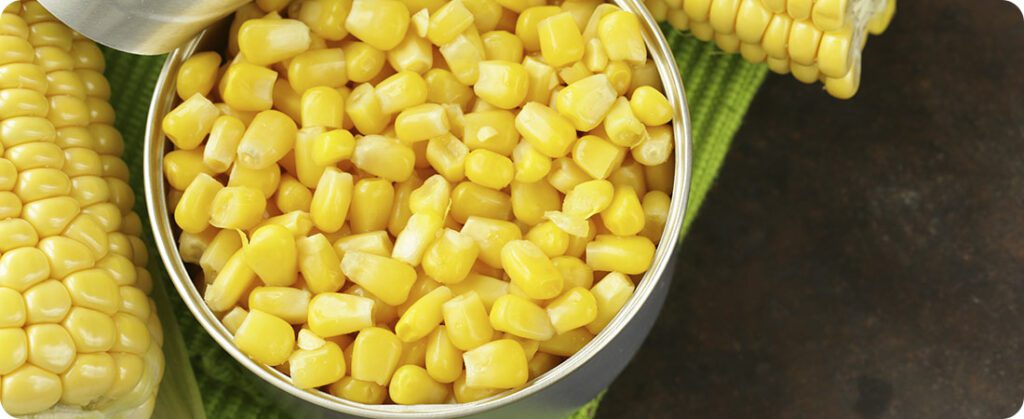
Corn prices in Brazil continue to rise, driven by international movement in the market for this grain. CEEMA's analysis shows that the average price per bag in Rio Grande do Sul reached R$ 53.98, representing a significant increase compared to the previous R$ 50.00. In other Brazilian regions, prices varied between R$ 36.00 and R$ 56.00 per bag. On the Stock Exchange (B3), the close of trading on Wednesday (24) showed the main positions oscillating between R$ 57.75 and R$ 62.05 per bag.
Currently, data from the Foreign Trade Secretariat (Secex) reveals that, until the end of the third week of April, Brazil exported 34,236 tons of corn, which represents just 7.3% of the total exported in April of the previous year. This scenario highlights a significant drop, of 91.3%, in the daily average of shipments compared to the same period in 2023. Furthermore, between January and March this year, Brazilian exports of corn reached 7 million tons, in contrast to the 9.4 million tons exported in the same period in 2023, as indicated by data from Grão Direto.
Progress and challenges despite rising prices
Meanwhile, Conab reported that the corn harvest is sown, with 24.2% in vegetative development, 43.2% in flowering and 32.1% filling grains. Conab reports that they have already harvested 56.7% of the total summer harvest area, although these numbers differ from private estimates. São Paulo (100%), Paraná (96%), Santa Catarina (90%), Rio Grande do Sul (82%), Minas Gerais (56%), Bahia (32.8%) and Goiás (6%) lead the harvest.
In Paraná, according to the Department of Rural Economy (Deral), until April 25th, 18% of the safrinha crops were in the vegetative phase, 30% in flowering, 49% in fruiting and 3% in maturation. Crop conditions were classified as 69% good, 21% fair and 10% poor.
In Mato Grosso do Sul, Famasul reported that 62% of off-season crops are good, 18.5% regular and 19.5% bad. It is estimated that planting will reach 2.2 million hectares, a reduction of 5.8% compared to the previous year. Average final productivity is expected to reach 86.3 bags per hectare, which represents a reduction of 14.2% compared to the previous year. This will result in an estimated final production of 11.4 million tonnes, marking a drop of 19.2% compared to 2023.
Source: Aline Merladete | agrolink












